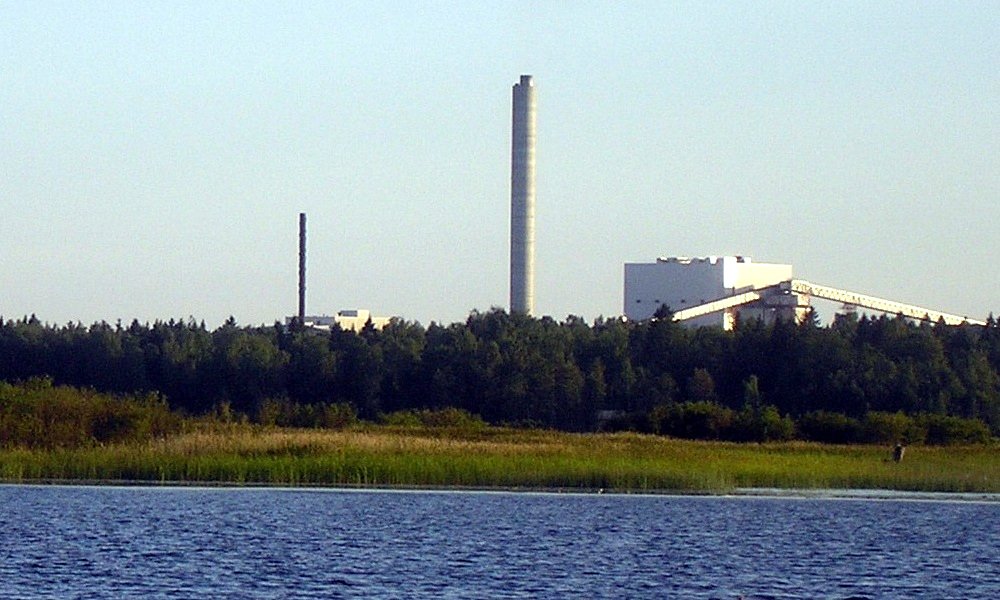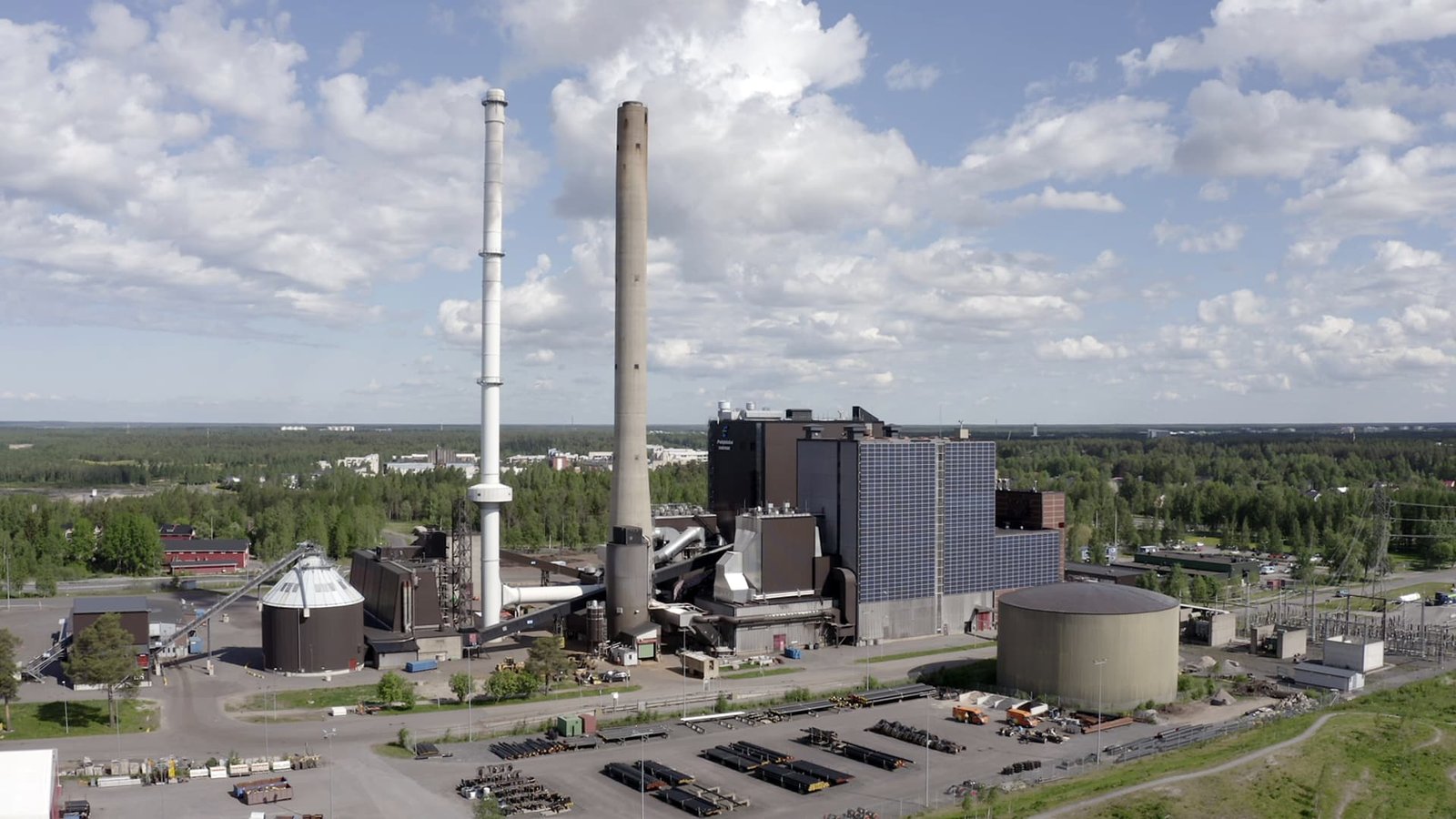
Summarries :
- There are The Alholmens Kraft Power Station, Rauhalahti Power Station, The Toppila Power Station, Kymijärvi, and Lappeenranta Biomass Power Plant
- The new power plant was created by Metso, and Kværner produced its boiler. It has a workforce of 400 individuals. The power plant has a generation capacity of 265 MW of electrical energy.
- As of 2019, it ranks among the largest peat-fired power plants globally, featuring an electric power capacity of 210 MW and a thermal power capacity of 340 MW.
Finland is a leader in biomass utilization, featuring three of the five largest biomass facilities globally. The nation is engaged in biomass research and development, involving wood pellets and agricultural biomass, while collaborating with multiple stakeholders. So, EBT Heroes Friends, lets get to know more the 5 Biomass Power Stations in Finland.

Read More :
- Community Involvement in the PLN Biomass Ecosystem
- PLN Maintaining Supply and Determining Biomass Raw Materials
The Alholmens Kraft Power Station

The Alholmens Kraft Power Station, referred to as Jakobstad Power Station or Pietarsaari Power Station, is a biomass facility located in Alholmen, Jakobstad within Finland’s Ostrobothnia region. It is the most extensive biomass cogeneration power plant globally.
The power plant was brought online in 2001. It was constructed adjacent to the current, now inactive power plant. The power plant is positioned just north of the UPM-Kymmene Wisaforest pulp and paper facility in Alholmen.
The former power plant featured two black liquor recovery boilers, a package boiler powered by oil, a bark boiler, and multiple steam turbines generating 75 MW of electrical output. Meanwhile, the new power plant was created by Metso, and Kværner produced its boiler. It has a workforce of 400 individuals. The power plant has a generation capacity of 265 MW of electrical energy.
Moreover, it supplies 60 MW of district heating to the city of Jakobstad and 100 MW of process steam and heat for the UPM-Kymmene paper mill. The new power plant utilizes wood-derived biofuels (forest byproducts) as its primary fuel source. Peat is utilized, whereas coal serves as a reserve fuel. It consumes approximately 300,000 bales of timber waste annually.
The power plant features a circulating fluidized bed boiler with a capacity of 500 MWth, making it the largest biomass-fired CFB boiler globally. The boiler operates at a temperature of 545 °C (1,013 °F) and a pressure of 165 bars (16,500 kPa).
Rauhalahti Power Station
Rauhalahti power plant is a combined heat and power facility established in 1986 in Jyväskylä, Finland. It is the primary supplier of district heating in Jyväskylä and it generated the steam utilized by Kangas Paper Mill until the mill ceased operations in 2009. The plant’s construction expense amounted to 84 million euros.
The facility is managed by Jyväskylän Energiantuotanto, a company owned by Jyväskylän Energia. Fortum held a 60 percent stake in the company, but Jyväskylän Energia acquired the share for 40 million euros.
The primary energy sources for the power station are peat and firewood, while coal is infrequently used. Neova primarily supplies the peat, whereas the firewood is sourced from sawmills in Central Finland and adjacent wood processing sectors.
The Toppila Power Station

The Toppila Power Station is located in the Toppila area of Oulu, Finland. As of 2019, it ranks among the largest peat-fired power plants globally, featuring an electric power capacity of 210 MW and a thermal power capacity of 340 MW.
The plant functions with two units of 75 MWe and 145 MWe. The boiler was provided by Tampella and Ahlstrom, while the turbines were delivered by Zamech, LMZ, and Ganz. The power plant is managed by Oulun Energia.
In 2021, approximately 2 million tonnes of peat were incinerated in Finland. The EU is supporting financing for a fair transition from this.
Kymijärvi
It has a capacity of 160 MW and is situated in the town of Lathi, approximately 100 km to the north of Helsinki. These installations are based on gasification and utilize recovered solid fuels like plastic, paper, cardboard, and wood. This biomass facility began its commercial operations in 2012, incorporating a gasifier that transforms fuel obtained from waste into flammable gas.
It consists of a natural circulation steam boiler, a Siemens SST 800 Tandem turbine, and a Siemens Gen5-100A-2P generator. It produces 300 GWh of electric power and 600 GWh of district heating. It sends electricity to the national grid via a 110 kV link at the Kymijärvi substation.
Read More :
- What about Water AI Footprint also Good and Bad AI to Carbon ?
- What Does “Net Zero” Refer to as the Climate Crisis Intensifies?
Lappeenranta Biomass Power Plant
The Kaukaan Voima Oy operates the Lappeenranta Biomass Power Plant, a 125MW biopower facility situated in South Karelia, Finland, close to the city of Lappeenranta. It consumes wood and peat to produce electricity, steam for processing, and district heating.
The facility is a collaboration among Pohjolan Voima Oy, Lappeenrannan Energia, and UPM Kymmene Corp. It has a capacity of 125 MW of electricity, 150 MW of process steam, and 110 MW of district heating. Energy source Mainly wood and peat.
The ownership belongs to Kaukaan Voima Oy, a collaborative venture. Located in South Karelia, Finland, close to Lappeenranta, the Biomass Power Plant aims to generate electricity, provide process steam for UPM’s Kaukas mills and supply district heat for Lappeenrannan Energia. It has been operated since May 2010.
The investment totals €240 million (USD $331 million). Objectives include lowering CO2 emissions, boosting renewable fuel consumption, and sustainably managing woody biomass.
#zonaebt #serbaterbarukan #EBTHeroes
Editor: Tri Indah Lestari
References :
[1] Alholmens Kraft Power Station Wikipedia


